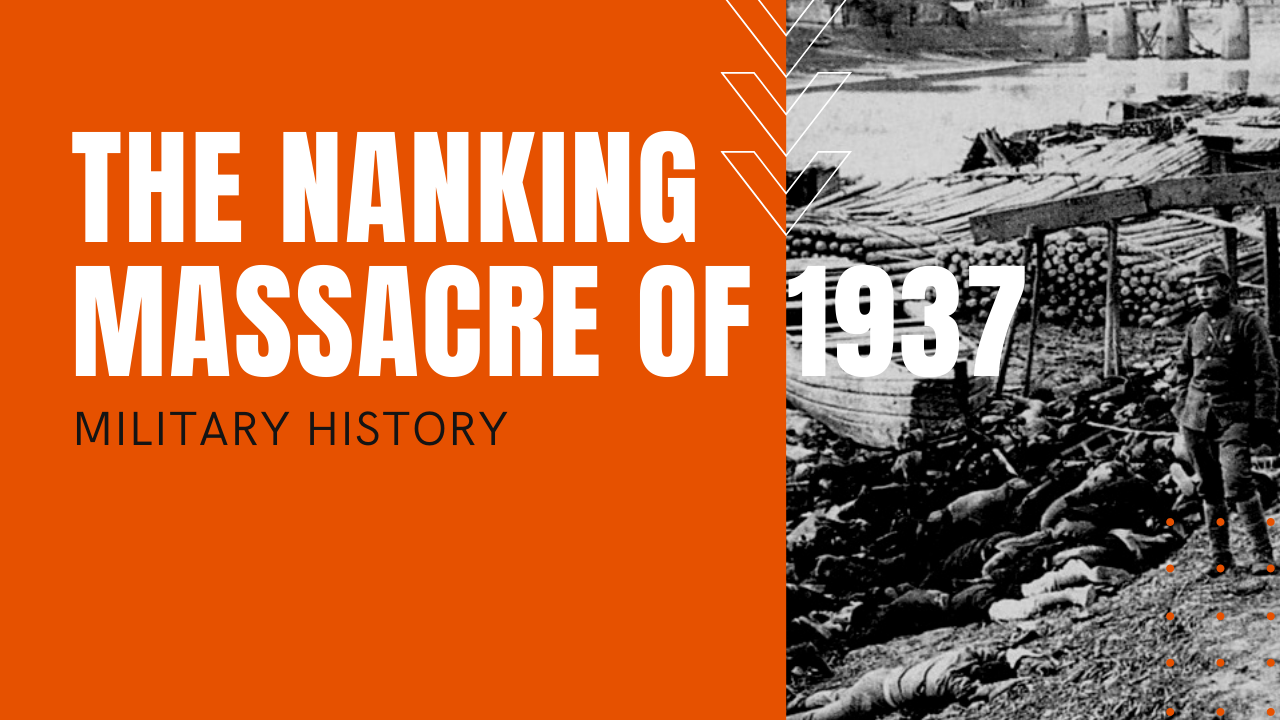Rape of Nanking: Massacre of the Sino-Japanese War

During the Second Sino-Japanese War, over 20 million Chinese civilians perished due to attrition or massacres by Japanese forces. The most famous and brutal of these, which still remains an obstacle in Sino-Japanese relations to this day, was the Nanking Massacre of 1937, also known as the Rape of Nanking.
What was the Rape of Nanking?
After war broke out in July of 1937, by December of that same year, Japanese forces had closed in on Nanking, which at the time was the capital of the Republic of China.
Chinese forces were quickly overwhelmed by the Japanese, prompting Chinese leader Chiang Kai-shek to order a full retreat. Many soldiers dressed as civilians to blend in, which prompted the Japanese commanding officer, Prince Asaka, to encourage his men to actively engage in rape, murder, torture, theft and arson.
Beginning on December 17th, 1937, and lasting for six blood-soaked weeks, foreign journalists and other observers witnessed the wholesale gang rape and slaughter of Chinese civilians and military personnel alike.
For two decades leading up to the Second Sino-Japanese War, most people in Japan saw the Chinese as an inferior race, which infused a further contributory motive to the genocide at Nanking.
Nanking Massacre Results
After Japan’s surrender following the Second World War, historians have been unable to accurately estimate the death toll at Nanking due to the destruction or disappearance of Japanese military records, but in 1946, the International Military Tribunal for the Far East estimated 200,000 casualties during the six-week Rape of Nanking, while the Chinese Nanking War Crimes Tribunal of 1947 placed the death toll higher at 300,000 lives.
The International Military Tribunal for the Far East further estimated that 1,000 women were gang-raped each and every day of the occupation, as Japanese soldiers went door to door searching for girls.
Most were killed immediately after being raped, often including gruesome mutilations to their bodies. The Reverend James M. McCallum wrote in his diary:
“People are hysterical… Women are being carried off every morning, afternoon and evening. The whole Japanese army seems to be free to go and come as it pleases, and to do whatever it pleases.”
After the surrender of Japan in 1945, the principal commanding officers in charge of Japanese troops in Nanking were put on trial. General Matsui was indicted and executed for “deliberately and recklessly” ignoring his legal duty to prevent breaches of the Hague Convention, while Hisao Tani was tried and executed by the Nanking War Crimes Tribunal.
Other commanders had died during Japan’s subsequent involvement in World War Two, while Prince Asaka was granted immunity from prosecution due to his status as a member of the imperial family. Isamu Cho, an aid to Asaka and the person many historians believe issued a “kill all captives” memo to Japanese troops at Nanking, had committed ritual suicide during the Battle of Okinawa.
